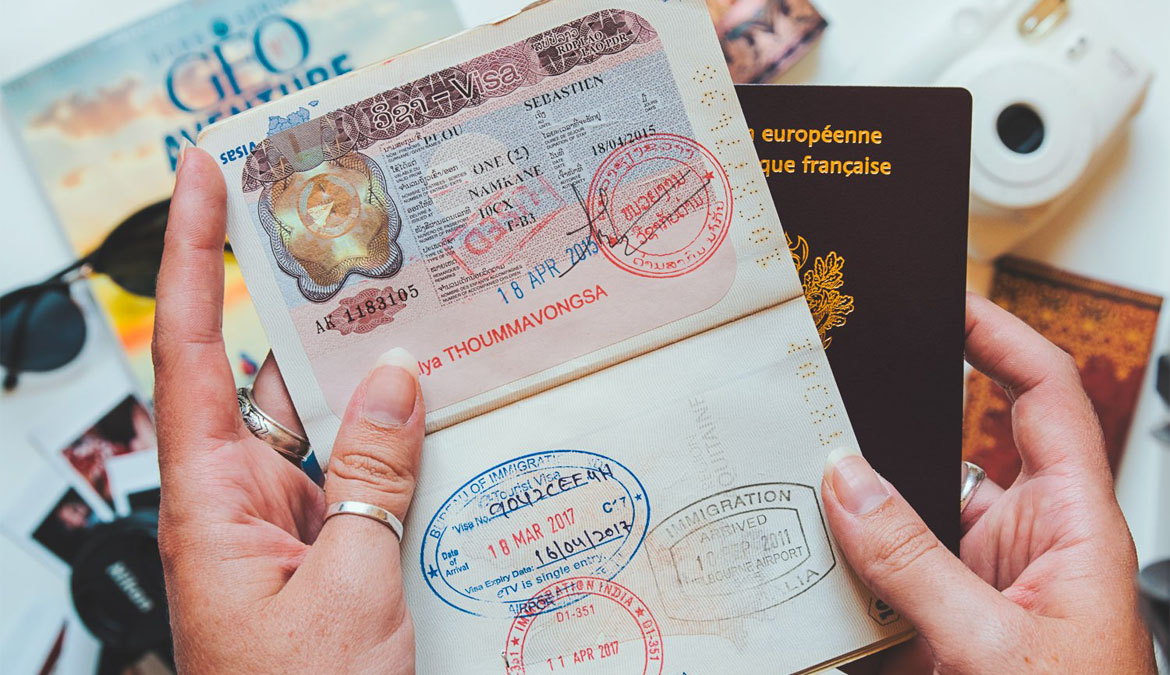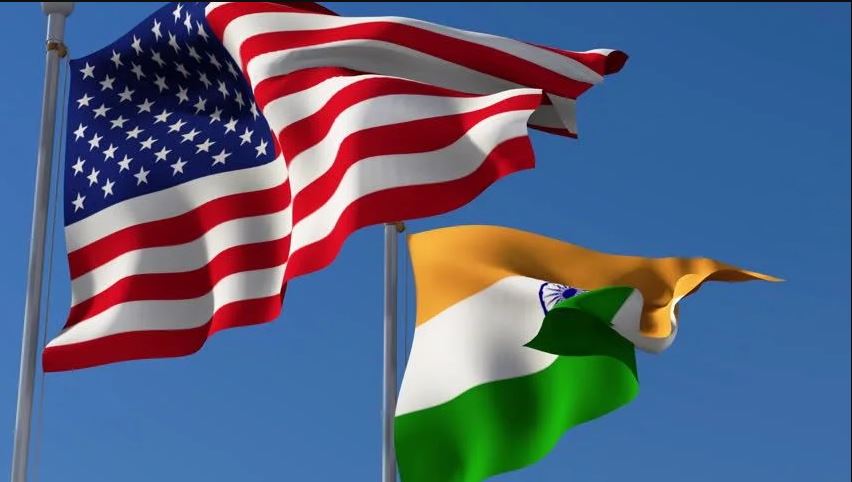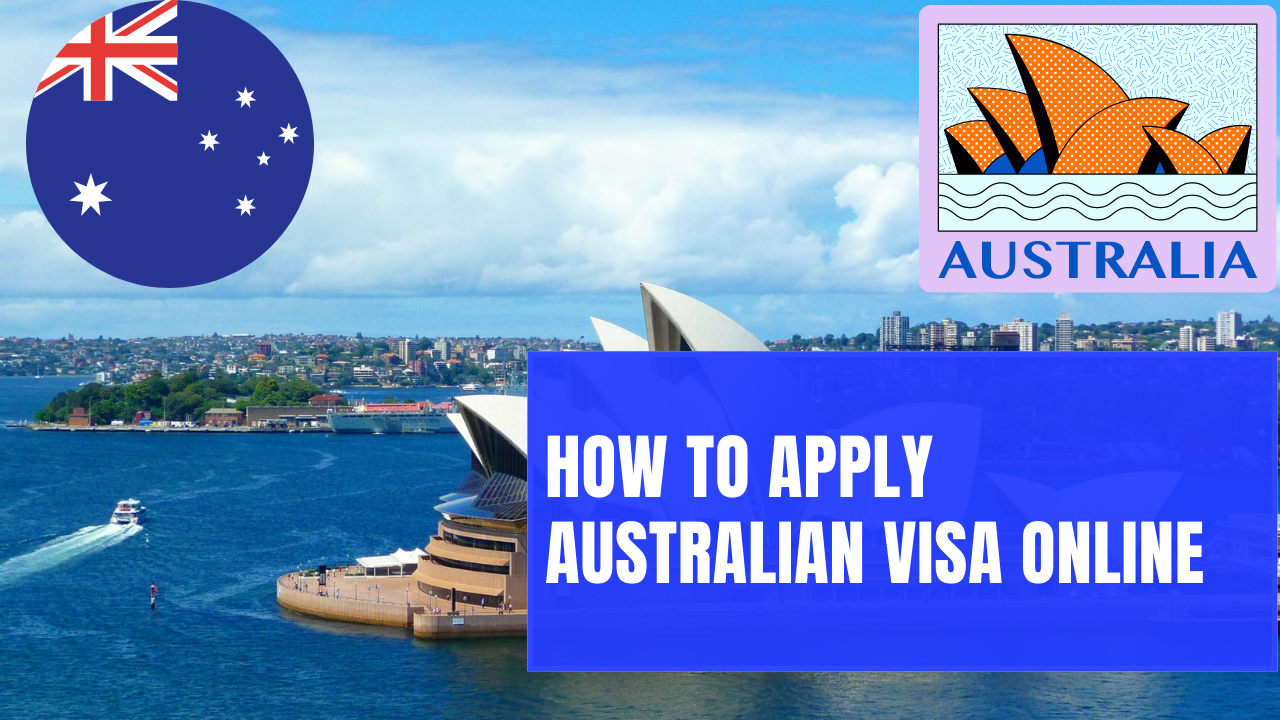Welcome to the ultimate guide on how to embark on a mesmerizing journey through India! Picture yourself strolling along the breathtaking Taj Mahal, immersing in vibrant festivals, and relishing mouthwatering street food. But before you dive into this enchanting adventure, let’s unravel the mystery behind obtaining a tourist visa for India. In this blog post, we will explore every aspect of the application process – from understanding the requirements to navigating potential hurdles. So grab your passport and get ready as we take you on a thrilling ride through Indian bureaucracy and ensure that your dreams become an unforgettable reality! TOURIST VISA FOR INDIA
Introduction to Indian Visas
When applying for a tourist visa to India, it is important to be aware of the different types of visas that are available and the requirements for each. The most common type of visa for tourists is the e-Tourist Visa (eTV), which is valid for 30 days and allows for multiple entries into India. There are also other types of visas that may be more appropriate depending on the purpose of your trip, such as business, medical, or student visas.
The application process for a tourist visa to India is relatively simple and can be done entirely online. However, there are a few things to keep in mind when applying, such as ensuring that all required documentation is submitted and that the correct visa fee is paid. Once your application has been submitted, you can typically expect to receive a decision within a few days.
Types of Visas Available for Tourists in India
There are two types of visas available for tourists in India: the e-Tourist Visa (eTV) and the regular Tourist Visa. The eTV is valid for 60 days and can be obtained through the Indian government’s website. It is a multiple-entry visa, which means that you can enter and exit India as many times as you want within the 60-day period. The regular Tourist Visa is also a multiple-entry visa, but it is valid for up to one year. You can apply for this visa through the Indian Embassy or Consulate nearest to you.
The application process for both types of visas is fairly simple. For the eTV, you will need to fill out an online application form and submit it along with a passport-sized photo and your passport details. Once your application has been processed, you will receive an email with your eTV attached. For the regular Tourist Visa, you will need to fill out an application form and submit it along with your passport, photos, and any other required documents. The processing time for this visa is usually about 4-6 weeks.
Once your visa has been approved, you will need to pay the visa fee online or at the Indian Embassy or Consulate nearest to you. After your payment has been processed, you will receive your visa by email or post, depending on which option you chose. BUSINESS VISA FOR INDIA
Requirements for Obtaining a Tourist Visa to India
If you’re planning a trip to India, you’ll need to obtain a tourist visa before your arrival. The process for doing so can seem daunting, but we’re here to help. In this section, we’ll outline the requirements and application process for a tourist visa to India.
First, you’ll need to gather the required documents. These include a passport that’s valid for at least six months from your date of arrival in India, two recent passport-sized photographs, and a completed visa application form. You can download the application form from the website of the Indian embassy or consulate in your home country.
Next, you’ll need to submit your application and required documents in person at the Indian embassy or consulate nearest you. Visa processing typically takes about three weeks, so be sure to apply well in advance of your planned trip. Once your visa is approved, it will be valid for up to six months from your date of arrival in India.
And that’s it! Following these steps will ensure that you have everything you need to obtain a tourist visa for India.
Application Process for an Indian Tourist Visa
If you’re planning a trip to India, you’ll need to apply for a tourist visa. The process is fairly simple, but there are a few things to keep in mind.
Here’s what you need to do:
1. Gather the required documents. You’ll need a passport that’s valid for at least six months, a recent passport-sized photo, and a completed visa application form. You may also need proof of onward travel and/or hotel reservations.
2. Submit your application online or in person at an Indian consulate or embassy. You can usually find the nearest one on the website of the Ministry of External Affairs of India.
3. Pay the visa fee (usually around $60 for a single-entry visa). This can be done online or in person at the consulate/embassy.
4. Wait for your visa to be processed. This usually takes about four weeks, but it can take longer during peak travel times (such as summer). Once your visa is ready, you’ll be able to pick it up at the consulate/embassy or have it mailed to you.
Tips and Strategies to Ensure Your Application is Approved
The application process for a Tourist Visa in India can be long and complicated, but there are some things you can do to ensure that your application is approved. First, make sure that you meet all of the eligibility requirements for a Tourist Visa. Second, complete all of the required forms and documents accurately and completely. Third, pay the required fees and submit your application well in advance of your travel dates. And finally, follow up with the Indian Embassy or Consulate after you submit your application to make sure it has been received and is being processed.
Benefits of Having a Tourist Visa in India
A tourist visa for India allows visitors to explore the many wonders of this amazing country. From the Taj Mahal and the palaces of Rajasthan to the beaches of Goa and the backwaters of Kerala, there is so much to see and do in India. A tourist visa gives you the opportunity to experience all that India has to offer.
There are many benefits of having a tourist visa for India. Firstly, it allows you to stay in the country for up to 90 days. This is plenty of time to explore all that India has to offer. Secondly, a tourist visa allows you to travel around the country with ease. You can use public transport or hire a car and driver, which gives you the freedom to explore at your own pace. A tourist visa means that you don’t have to worry about getting a work permit or other paperwork sorted before you travel.
So if you’re planning a trip to India, make sure you apply for a tourist visa well in advance. It will make your trip much easier and more enjoyable.
Conclusion
A tourist visa is a great way to explore India and its many wonders. The application process for a tourist visa in India can be an intimidating one, but by understanding the requirements and following our tips, you can easily navigate this process and secure your visa quickly. We hope that this article has been helpful in outlining the steps involved in applying for a tourist visa to India, so you can take full advantage of what the country has to offer!



